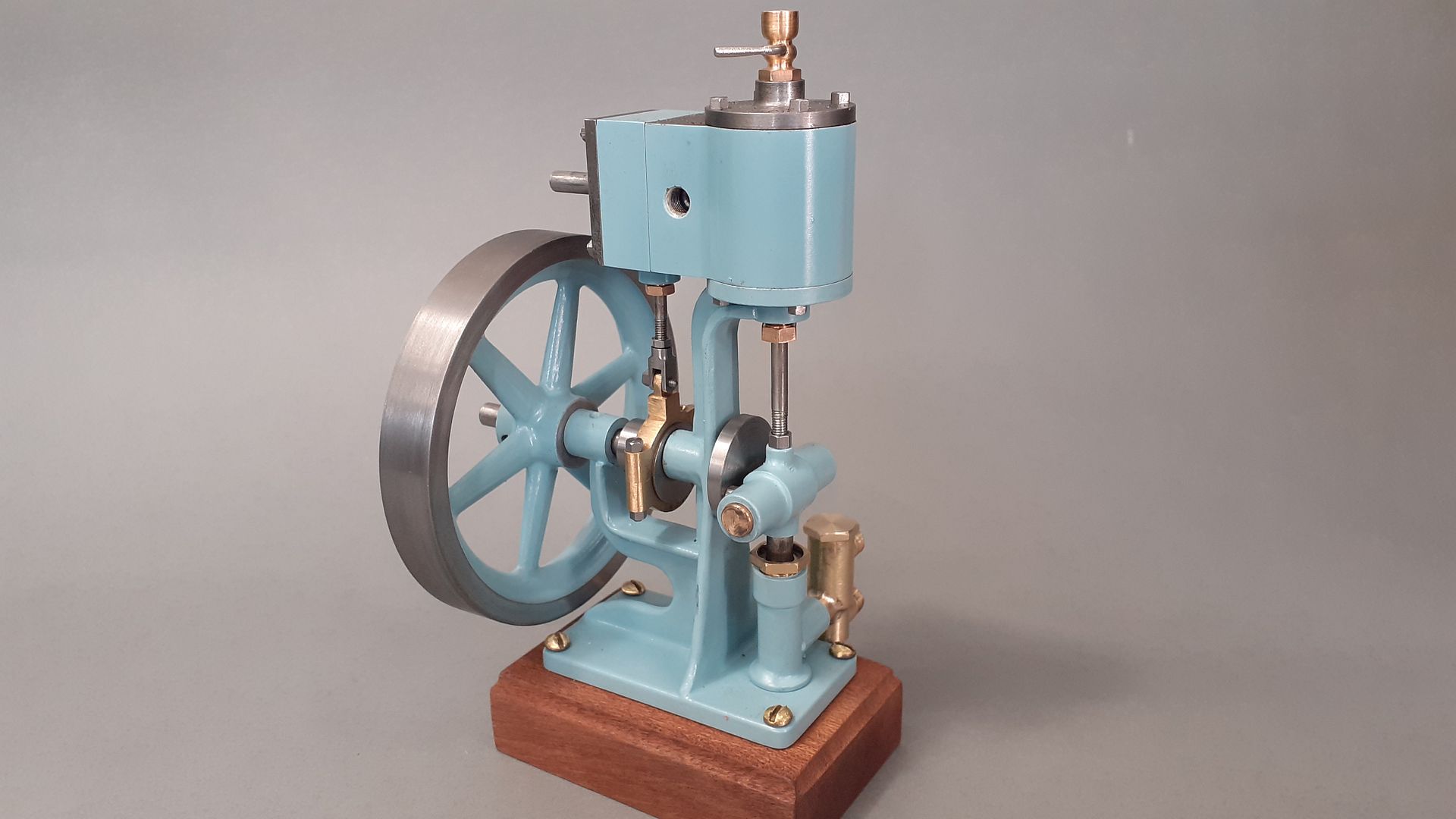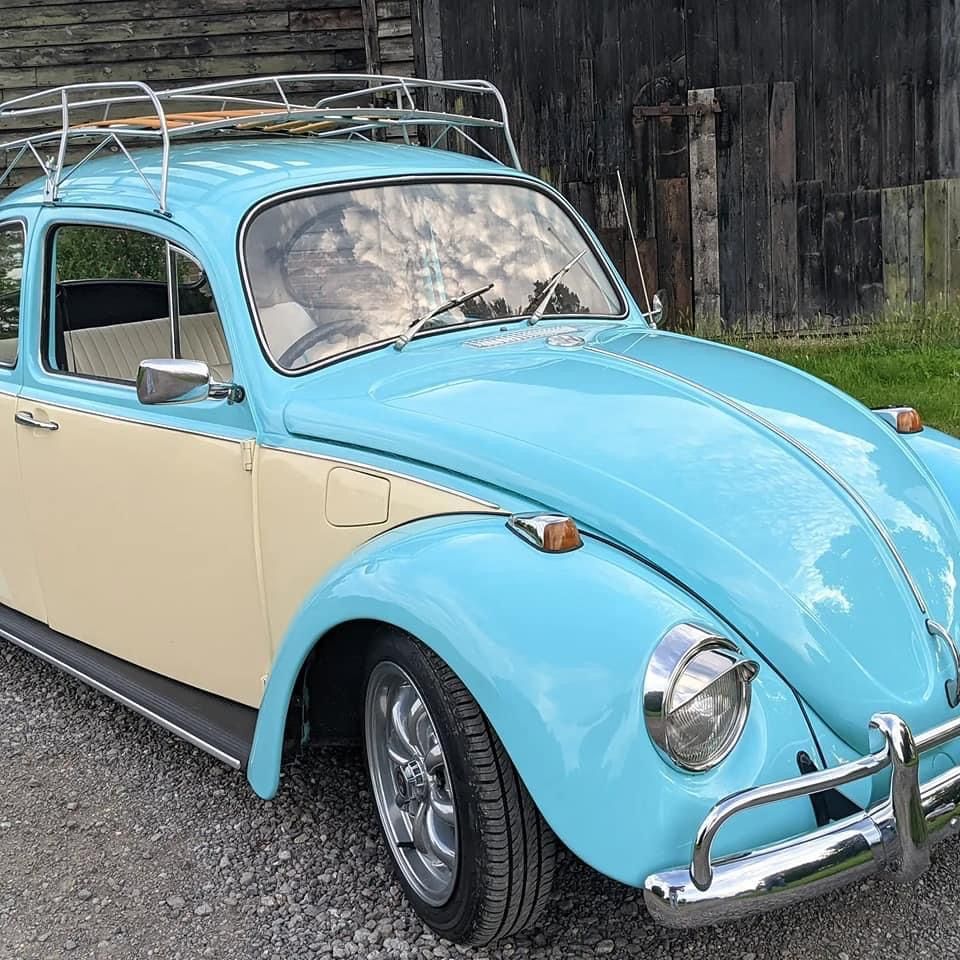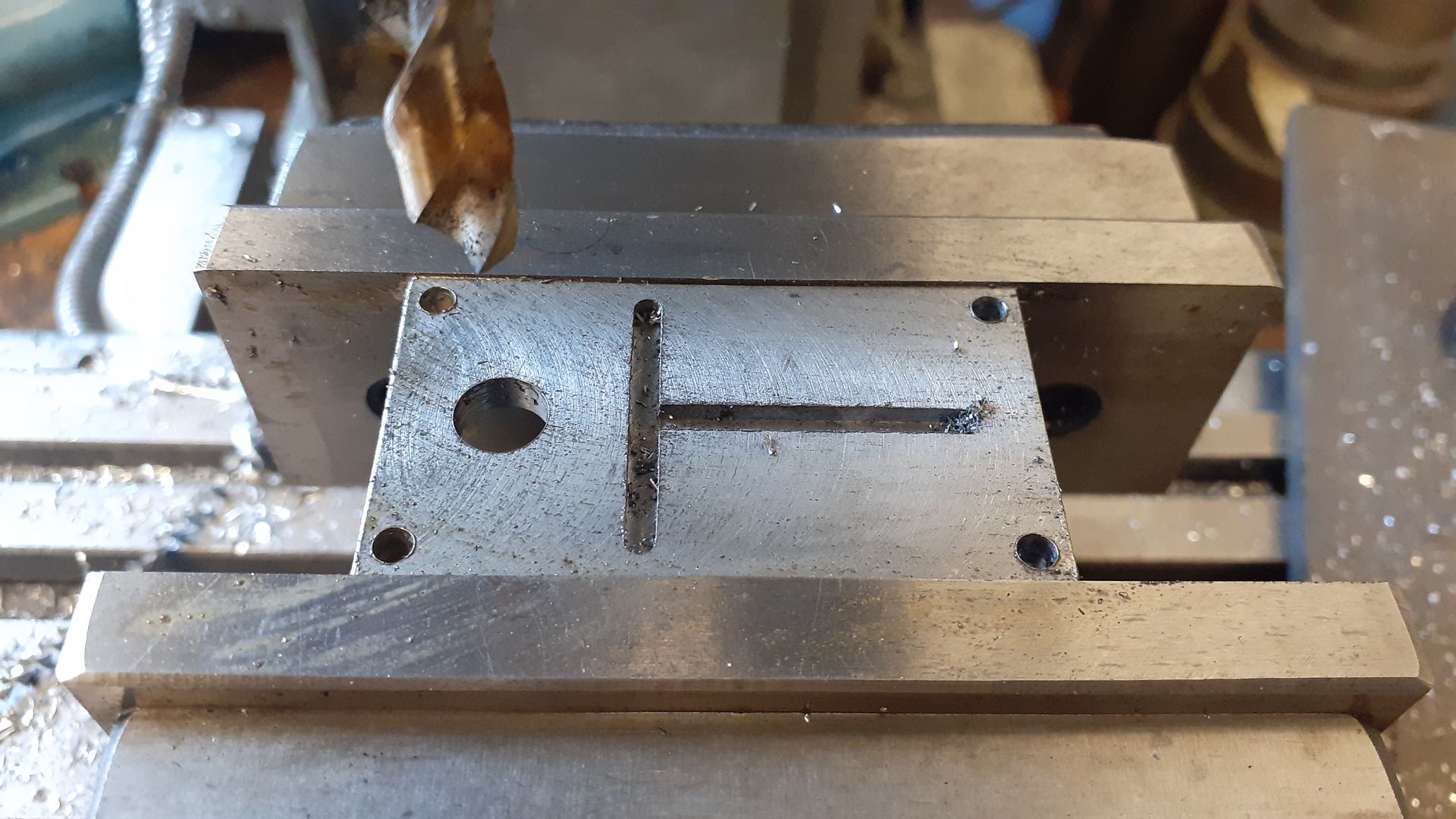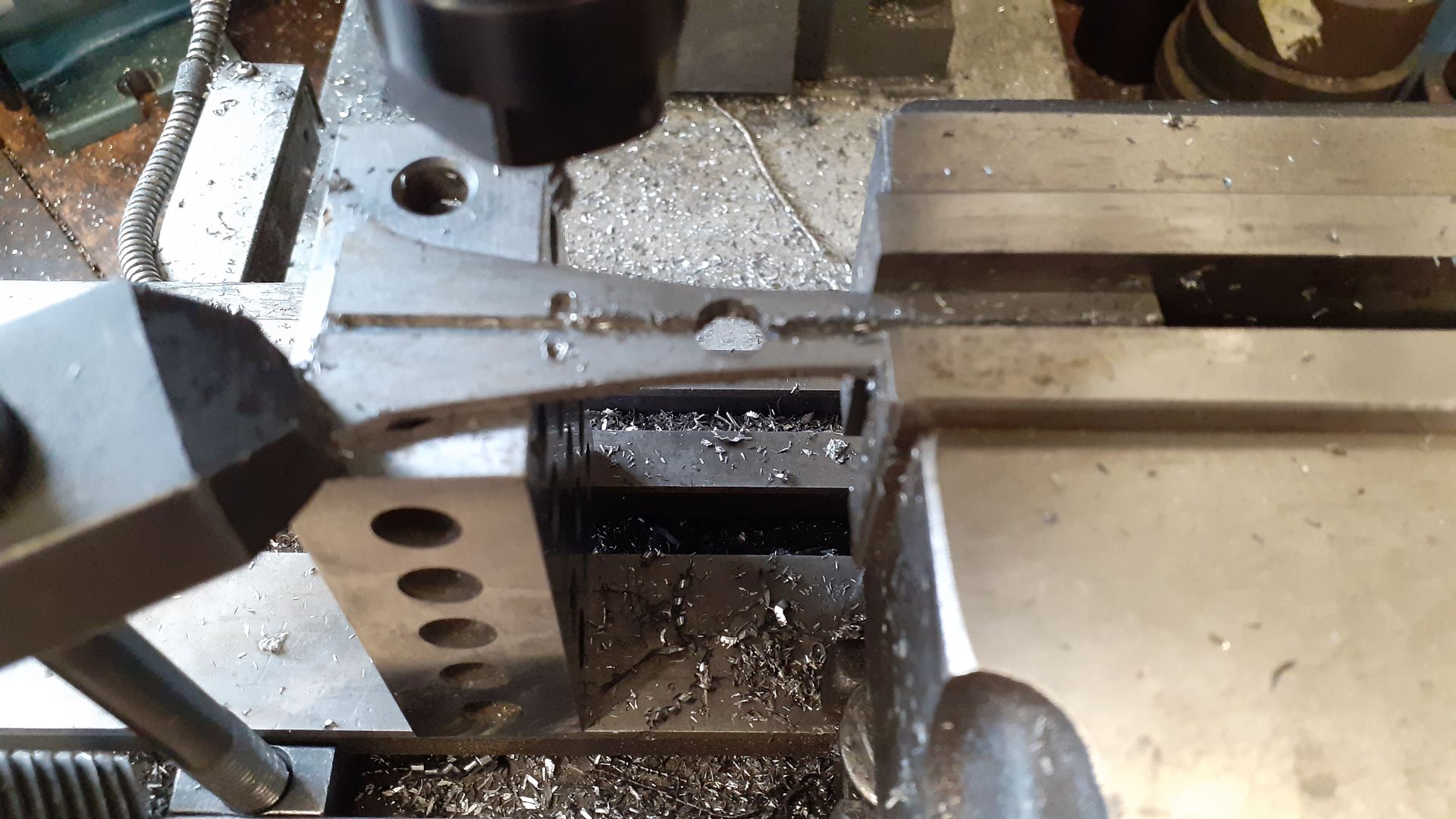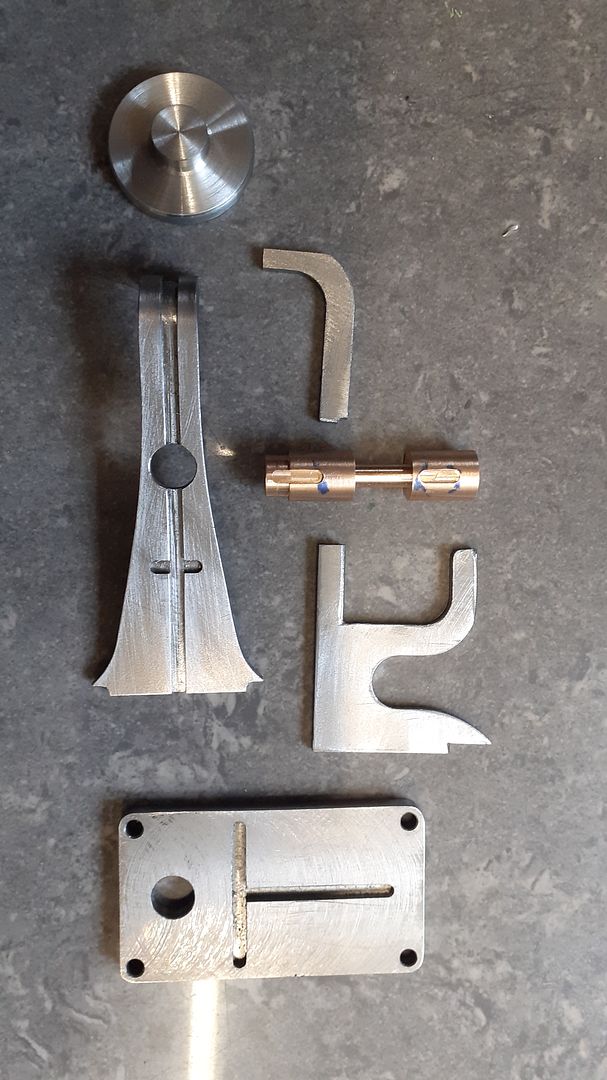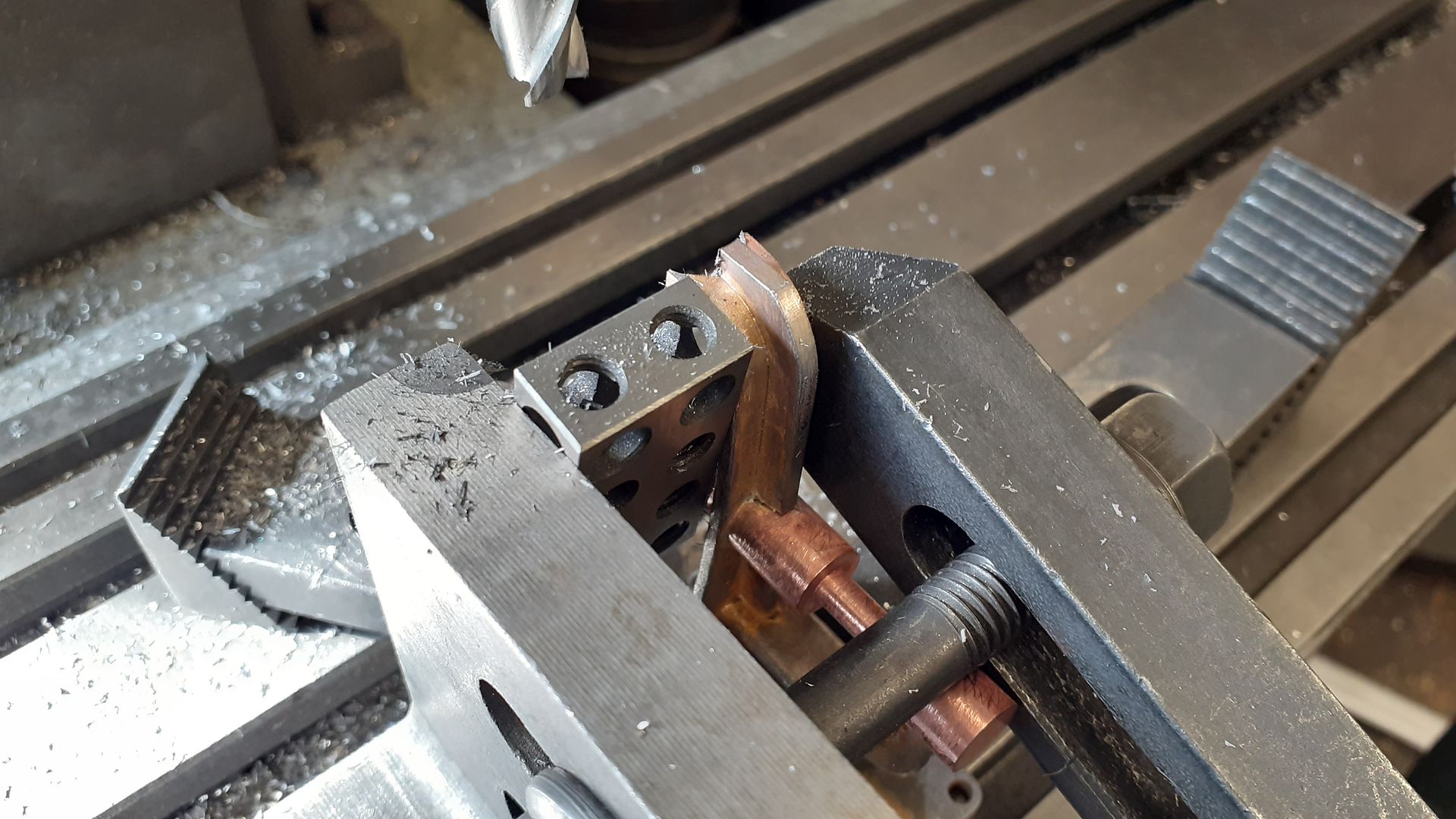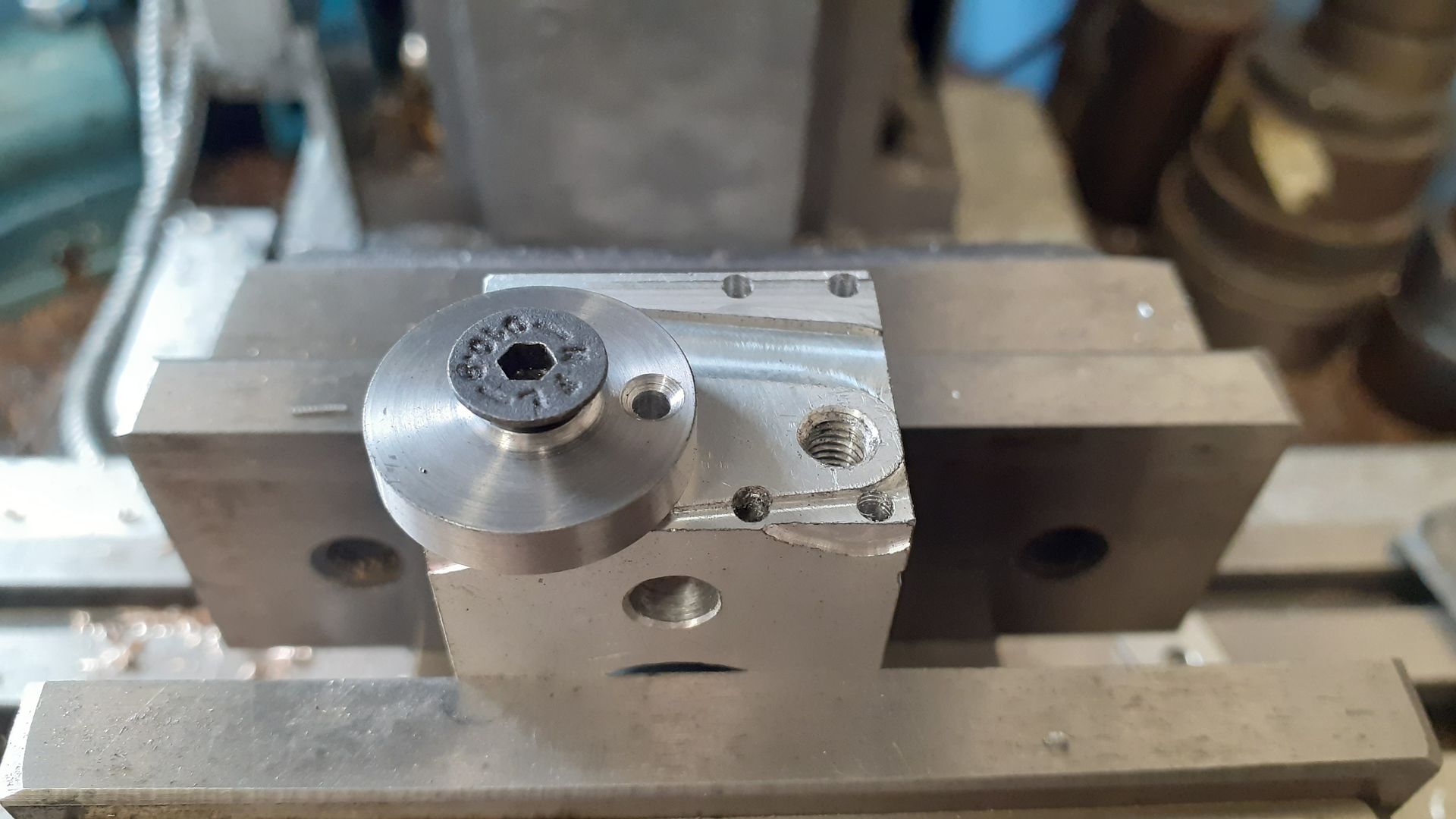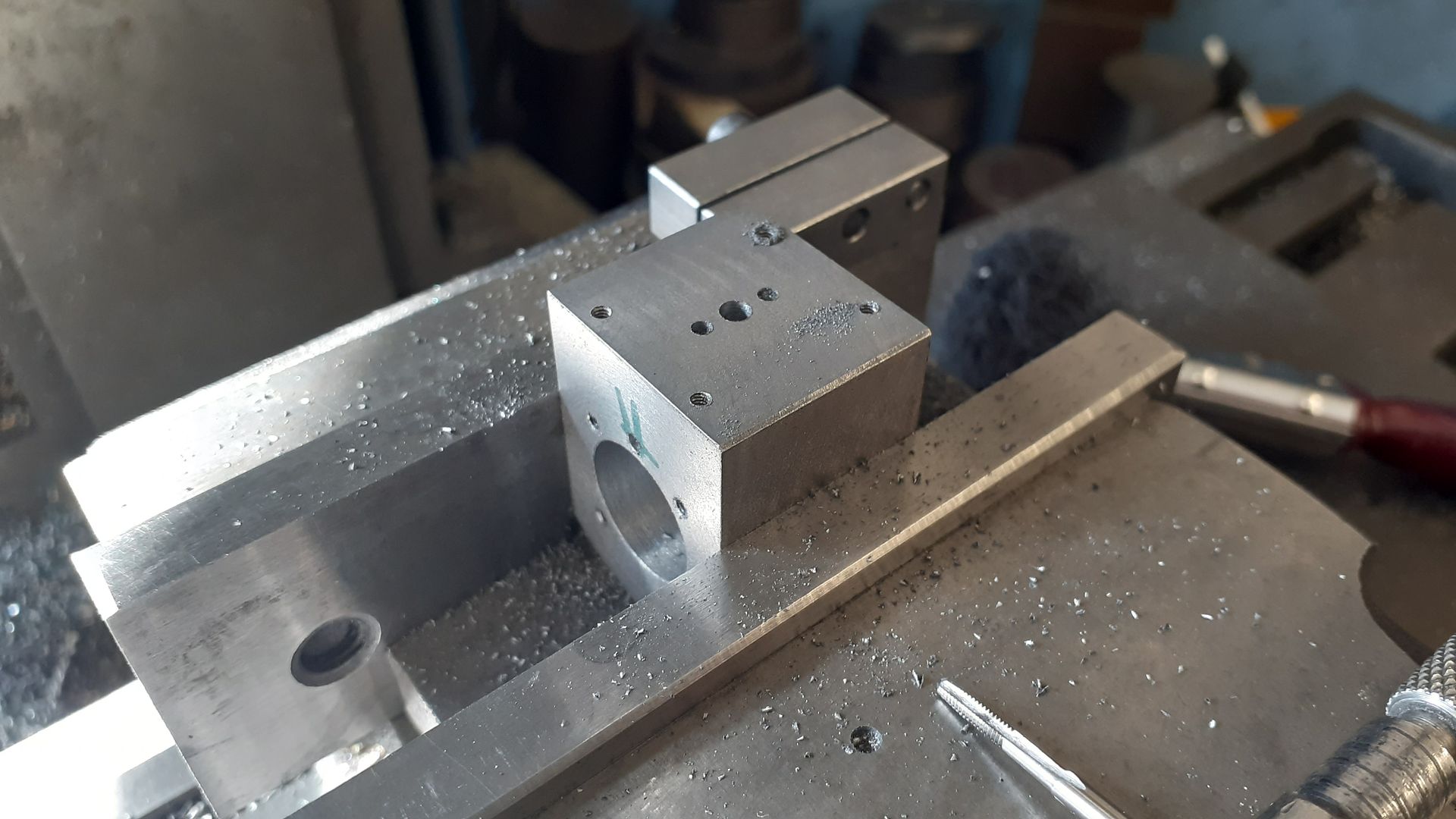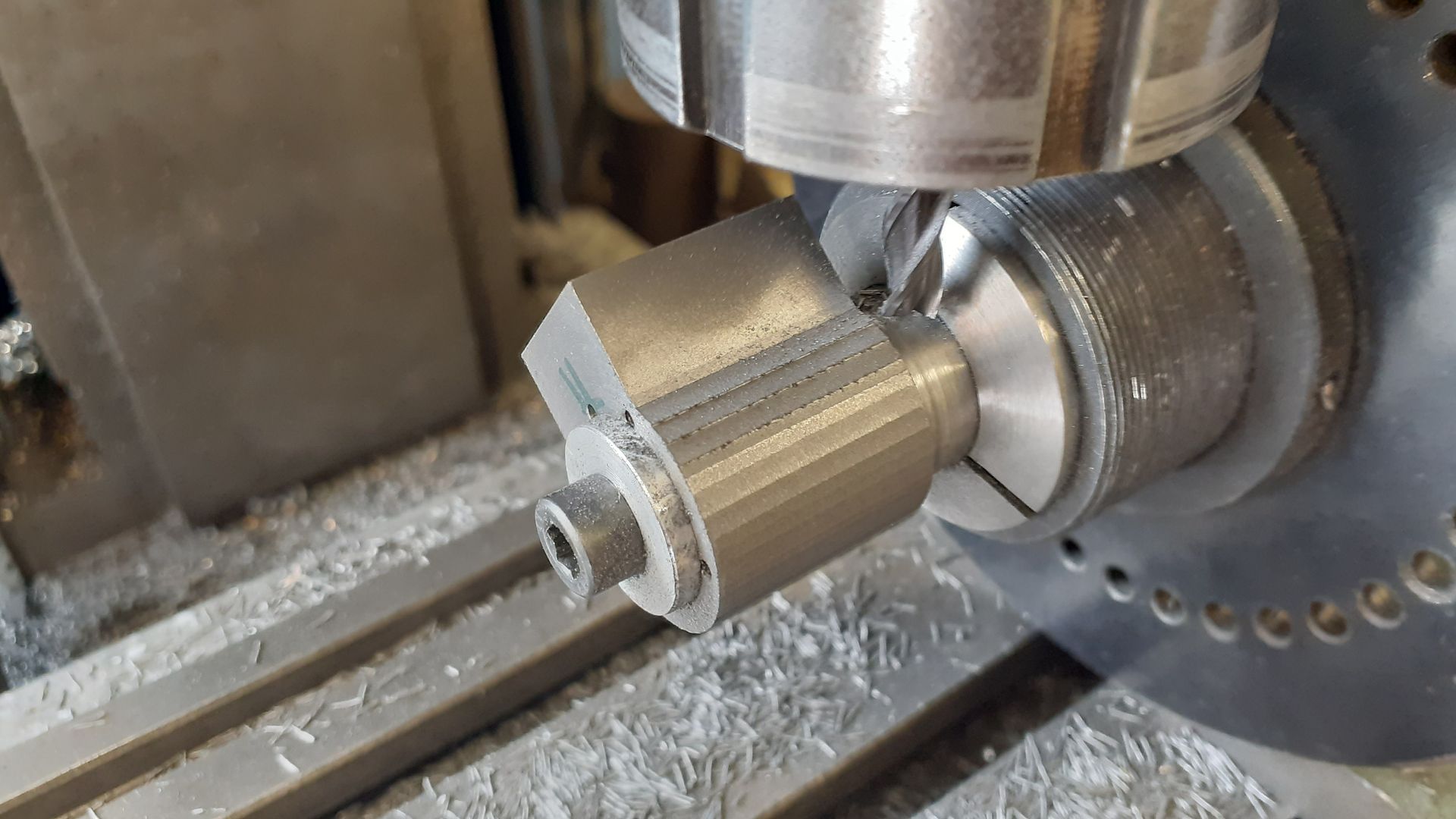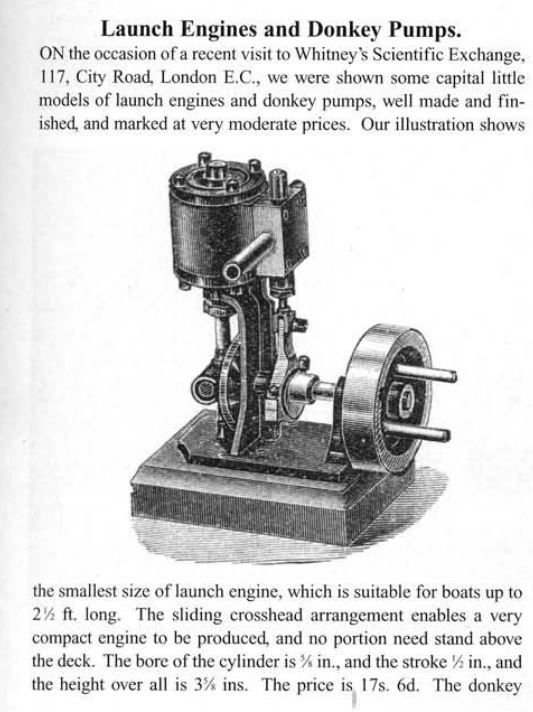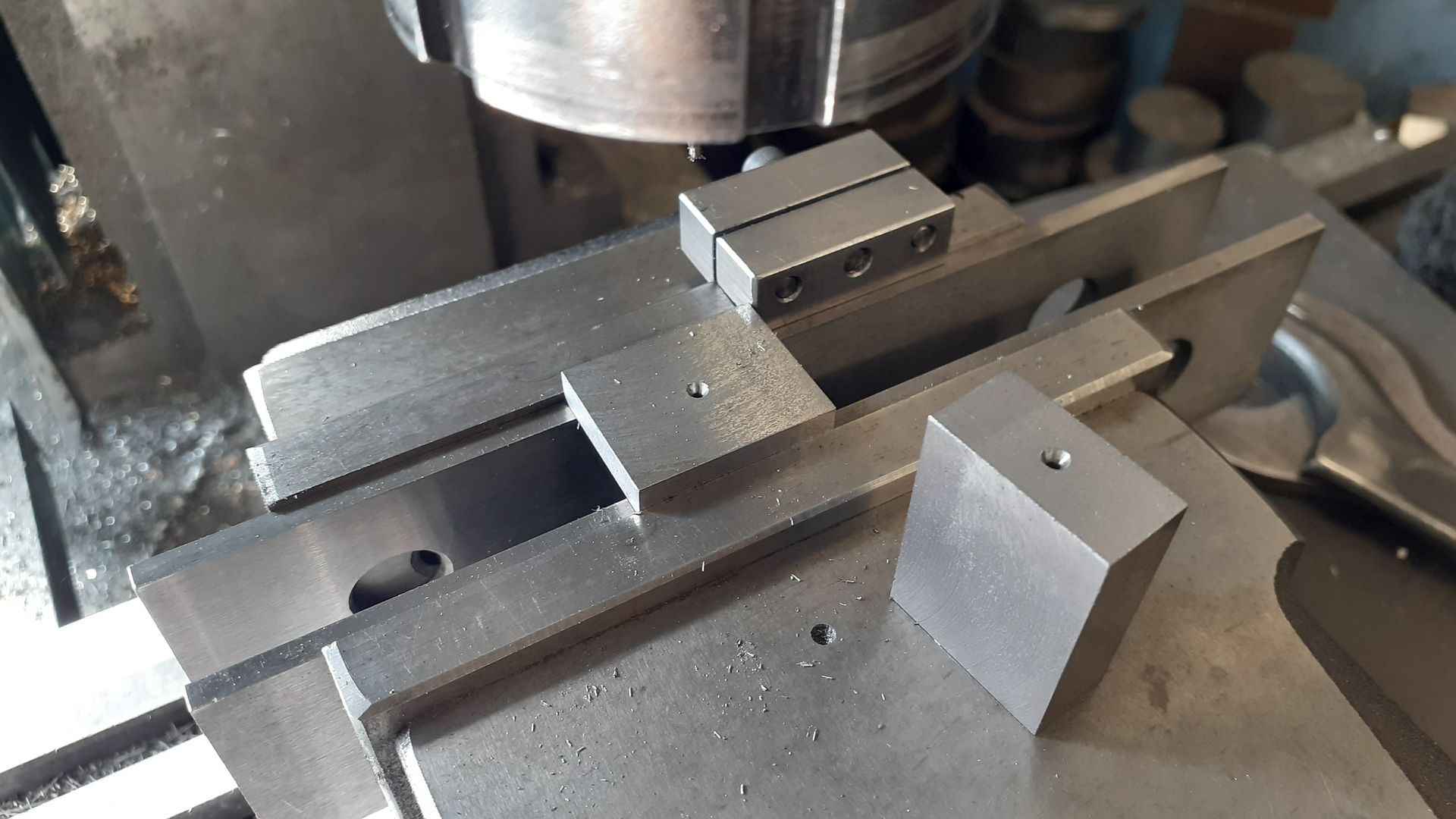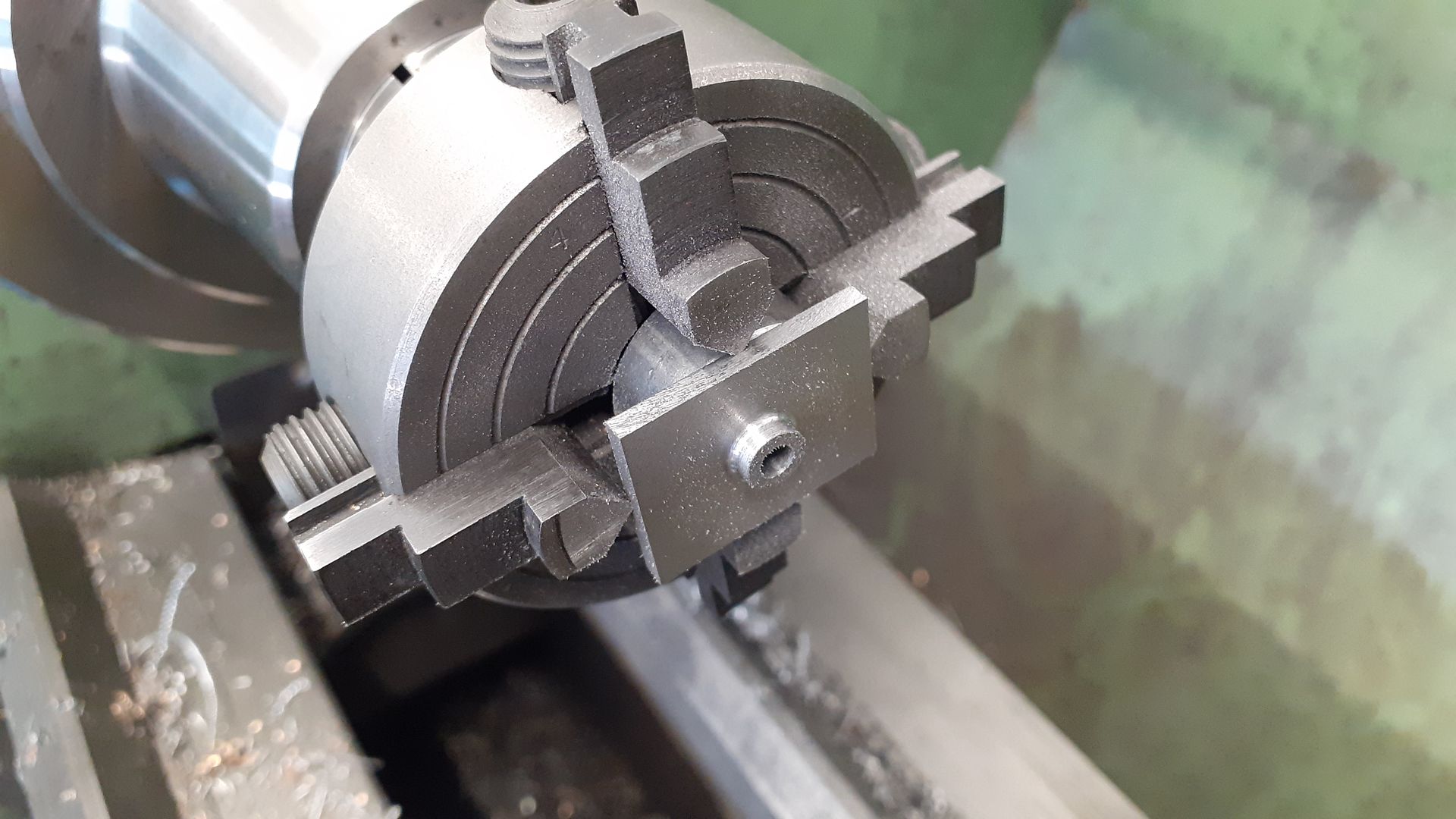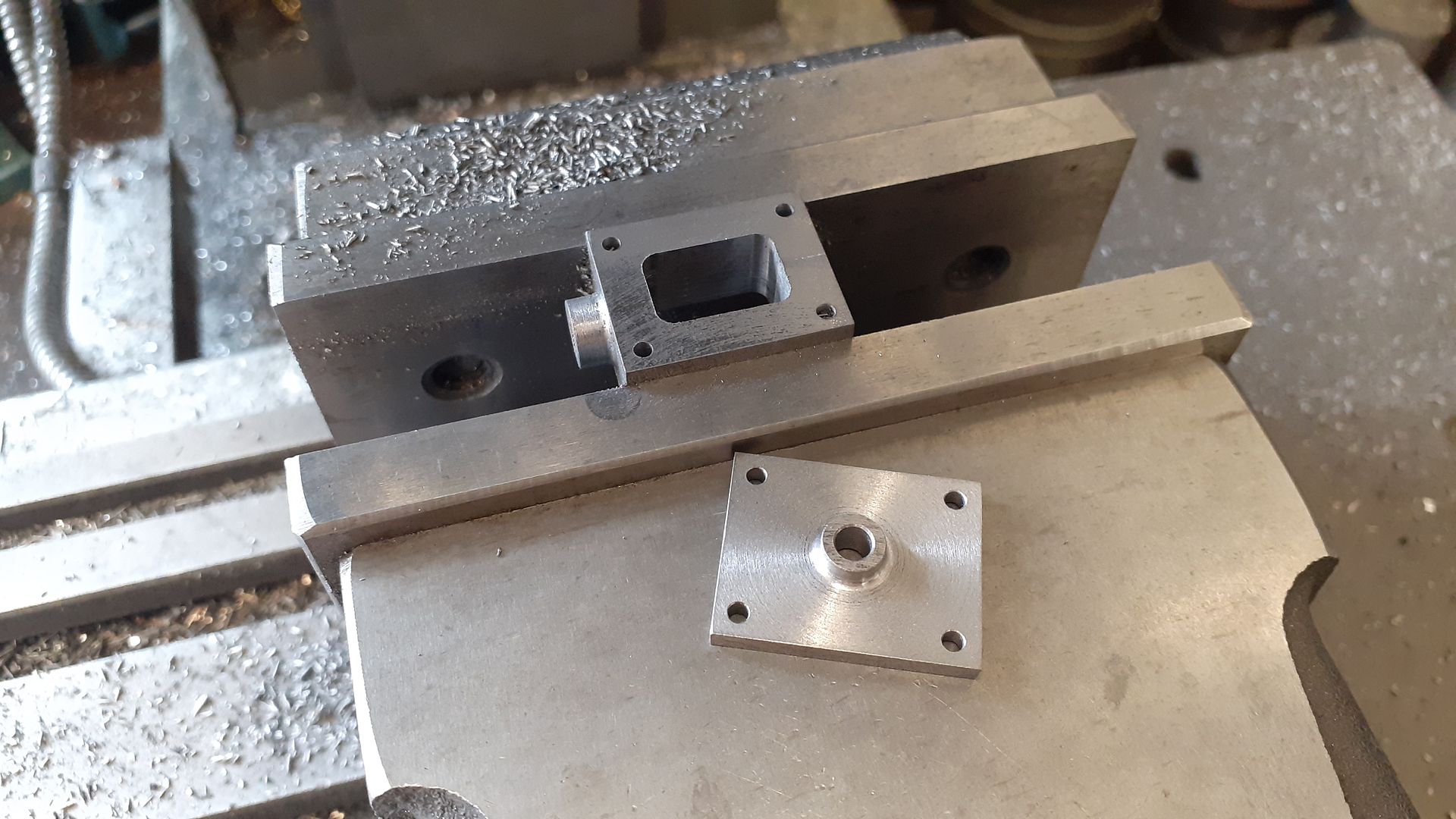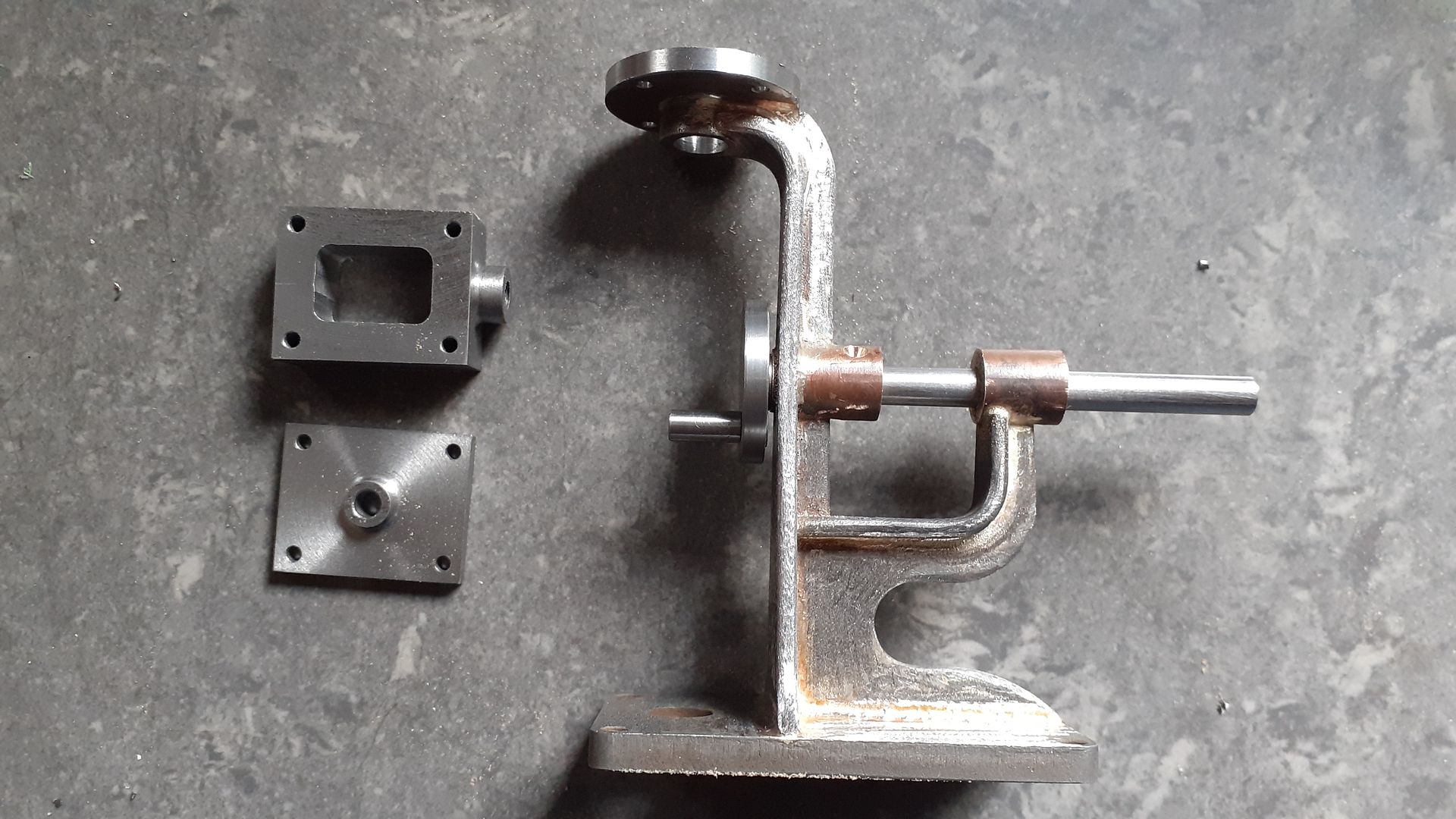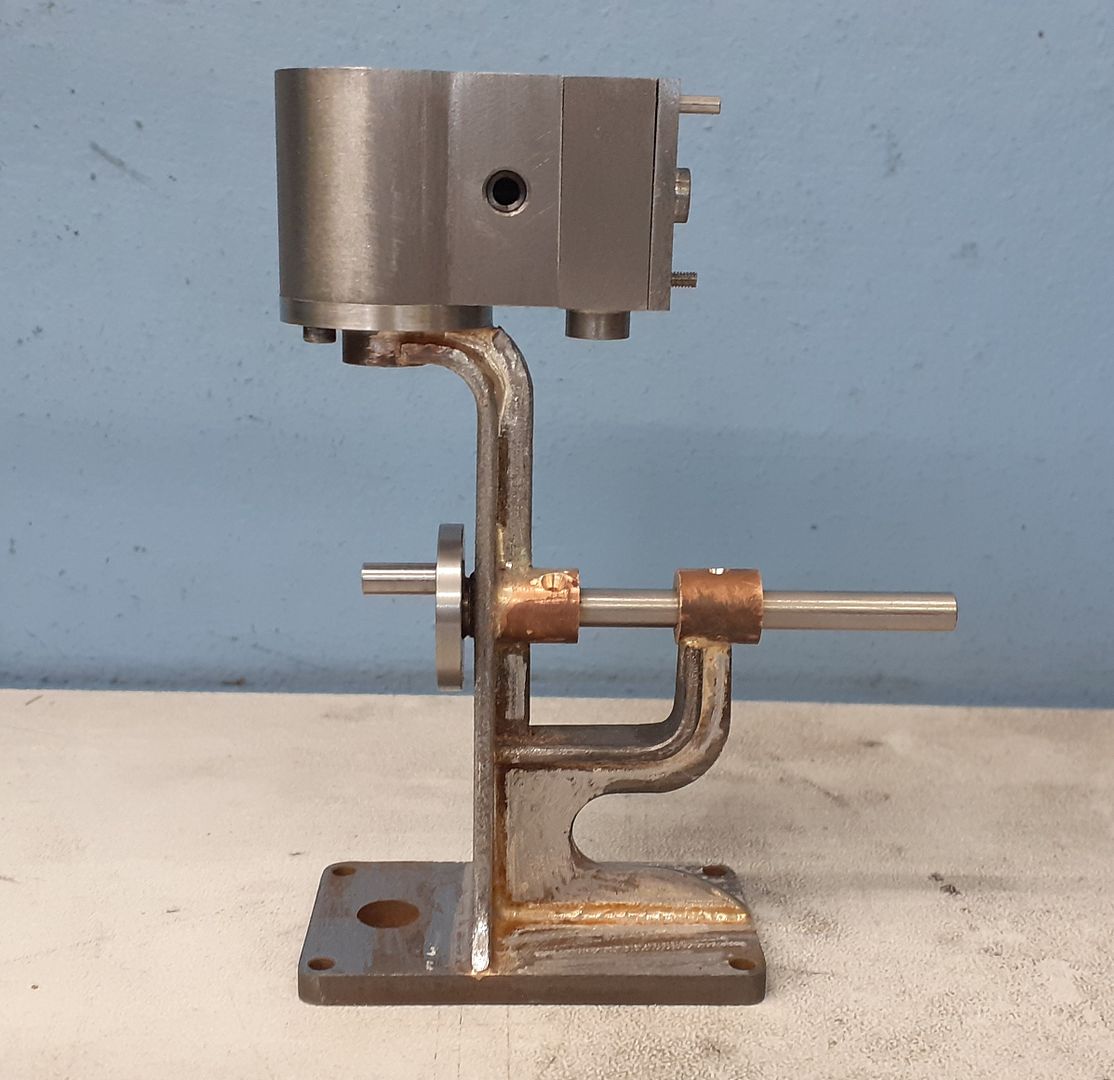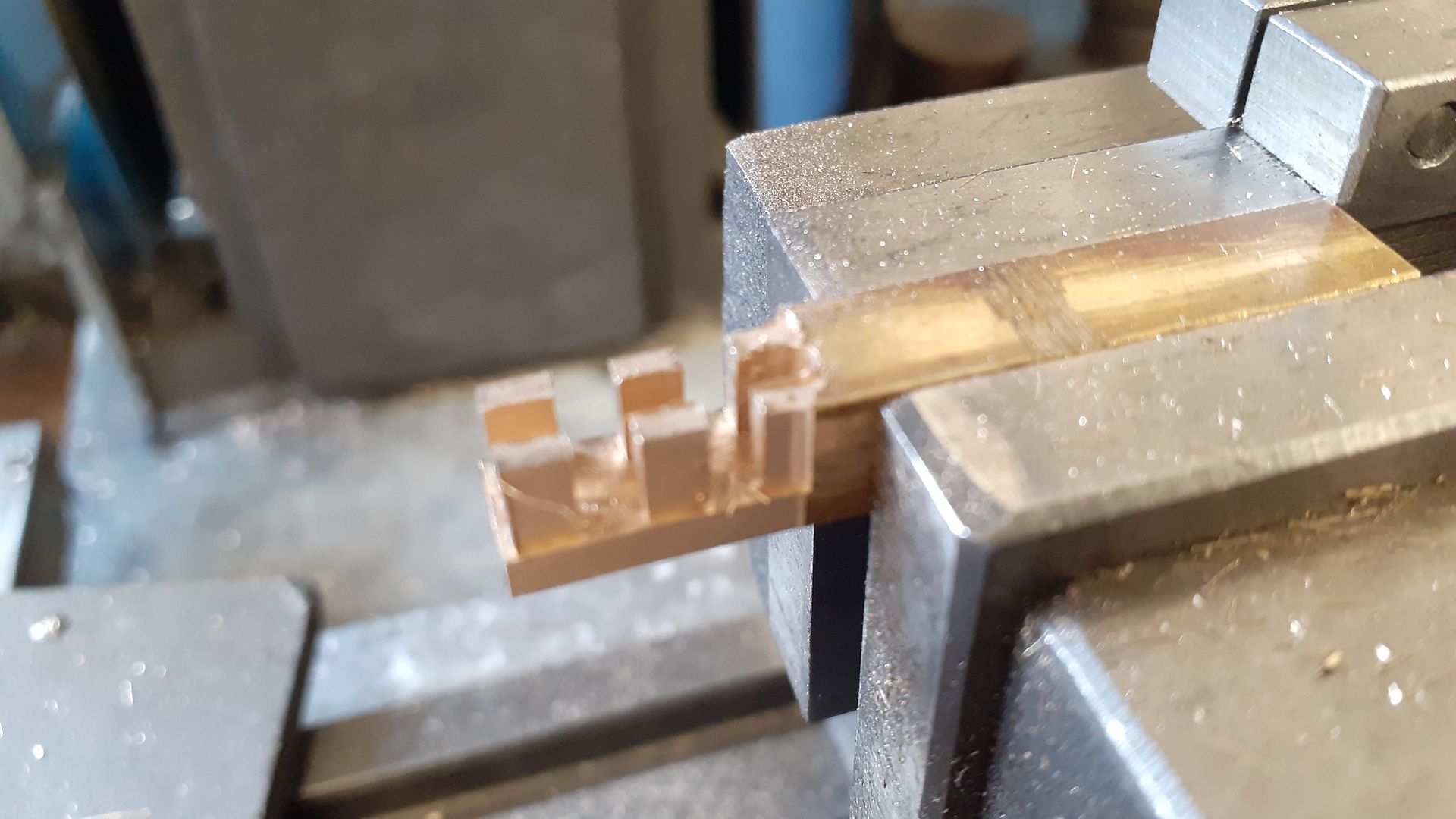A few people have asked for some more details about building this one, I won't do a bit by bit build description but will try to cover the main parts subject to what photos I took
The frame seemed the most logical place to start as that was the most complex so any deviations from design that may result could be gotten out of the way and the design of other parts altered to suit rather than having to remake or modify them, In the end that was not really needed. I tend to design my fabrications as a single 3D part and then pull off the details of the various sketches and extrusions that make up the part as individual pieces.
Starting from the bottom a piece of 5mm sheet was thinned down to 4mm, taking equal amounts off both sides, then milled to the required length and width. To help locate the other components some 2.5mm x 1mm deep slots were milled and the holes for the mounting screws and pump ram body drilled

Although they would not be too hard to shape by hand I made use of the CNC to cut the shape of the 3 pieces of 2.5mm steel that make up the majority of the frame. Once cut I put some more slots in on the manual mill and also squared up the internal fillets left by the 3mm milling cutter on the CNC with a file so they would drop into the slots. Bending was done after the machining was complete, nothing fancy just a piece of round rod in the bench vice to give the desired radius and bent by hand.

The cylinder mounting flange was just simple turning and I left it over length and over diameter so it could be finish machined after assembly. A piece of Culphos had a spigot turned on one end to locate in a hole in the vertical leg of the frame and was thinned in the middle. This thinner area will get milled away but it helps to keep the two bearing pieces lined up if they are soldered as one piece.

The parts all slotted together quite well and I only used one loop of soft iron wire to hold a couple of bits together though I did decide to solder the cylinder flange on as a second heating.
Here is the rest of the soldered frame having the location radius for the flange machined as it was easier to locate at that stage than when all the bits were separate. The main clamping is down to the mill table but I added an angle plate and a clamp to reduce the chance of any chatter while plunge cutting to form the radius.

After soldering on the flange a similar setup was used so that the OD of the flange could be "turned" concentric to the hole for the pump ram body using the boring head and the thickness brought down to finish size ensuring it was at right angles to the vertical axis of the engine and the hole for the piston rod gland drilled and reamed true to that. Cylinder stud holes were the last things to do to the flange. I also used a long series non ferrous specific milling cutter to face the ends of the bearings to length.

The final job on the frame was to set it up on it's back so that the two bearings could be drilled 4.8mm and then reamed out to 5mm diameter.

 Taf_Pembs.
Taf_Pembs.


